Walter’s celebrates 50 years: Part 1
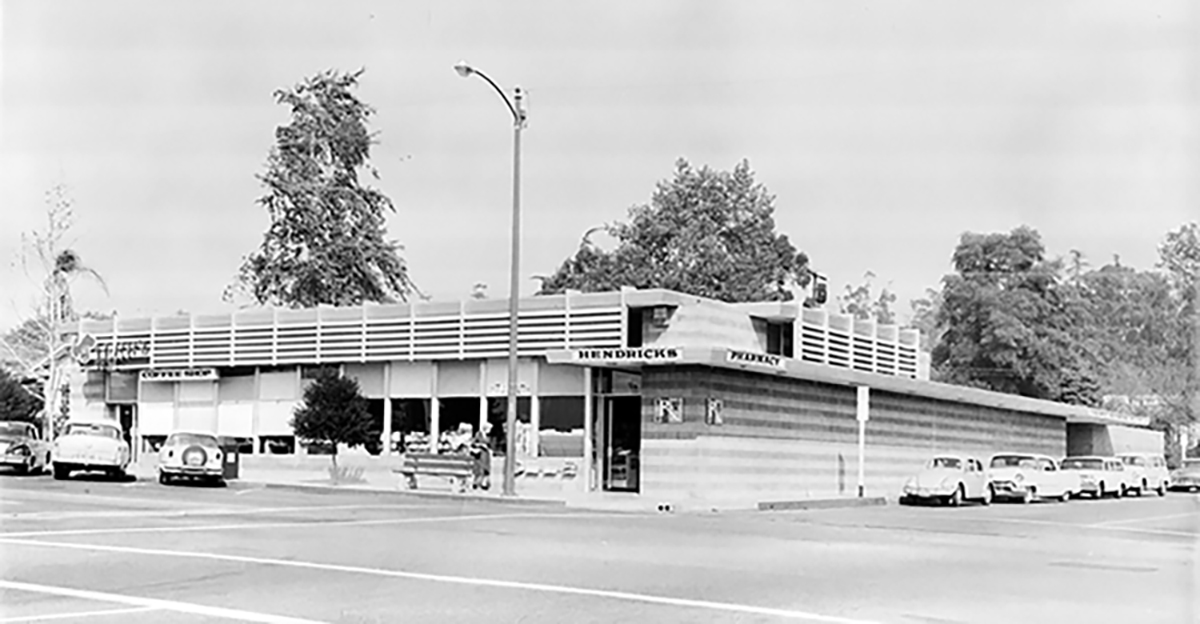
by John Neiuber
On Sunday, December 3, Walter’s Restaurant owners the Ghafarshad family will host a celebration of their 50 years of advancing the gastronomy, art, culture, and community of Claremont. The restaurant will close at 3 p.m. and the event will take place from 4 to 8. Food, drink, and entertainment will abound. Claremont Heritage staff, in cooperation with the family, are soliciting and collecting photos from over the years for the event. The Claremont Chamber of Commerce is arranging special presentations to commemorate the milestone. Proceeds from the event will benefit Claremont Heritage.
For 20 years, my wife and I have had the pleasure of knowing the Ghafarshad family. When we first moved to Claremont, we undertook the restoration and renovation of our then 95-year-old Craftsman house. For all of one year we had no kitchen. Walter’s became our kitchen and dining room, and it was where we were welcomed by Nangy, Fahima, Asya and Dawoud. It was warm, welcoming, comfortable, and you always saw three or four people you knew. Like the theme song from the television sitcom “Cheers,” “Sometimes you wanna go/Where everybody knows your name/And they’re always glad you came.”
The story of Walter’s is the story of how a young couple from Afghanistan came to the United States and achieved the American dream. Walter’s Coffee Shop was established by Walter Boldig as a popular eatery in 1957, and seated 35 customers. It shared the building with Hendricks Pharmacy. The building was designed by renowned local architect Foster Rhodes Jackson (1911 – 1998), who was from Massachusetts and a graduate of MIT, and came to Southern California in 1946 after serving as a lieutenant commander on a submarine in World War II.
Jackson worked with Frank Lloyd Wright and was very much a “disciple,” having served as a fellow under the famed architect at Taliesin. His designs, however, were not inspired by the work of Taliesin East, but of Taliesin West in Scottsdale, Arizona. His own house in the hills above Claremont was designed in the desert style of Taliesin West, with battered concrete walls and exposed boulders used from the building site and nearby canyons.
The Walter’s and Hendricks Pharmacy building was designed with cement block, glass, and wood sash. The louvered awning that extended from the roof line was a prominent feature on the west and south sides of the building. When it opened in 1954, it was a very modern addition to the Village.
Nangy Gharfarshad was a pilot in the Afghan Air Force, and arrived in the U.S. with his young bride, Fahima, to attend training during a period of time when upheaval and change was happening in his homeland. Knowing that he did not want to return to Afghanistan, he chose to stay in the U.S. Arriving in California with only a few dollars to their name, with a young daughter and Nangy’s brother, who did not speak a word of English, the Ghafarshads took whatever employment they could find until Nangy found work as a flight instructor at Brackett Field and moved his young family to La Verne. Having thought for some time of opening an Afghan restaurant, an ad in the Los Angeles Times for a small coffee shop in Claremont caught his eye.
The Ghafarshads purchased Walter’s Coffee Shop in 1973 for $24,000, and by their own admission, changed a perfectly good menu. At first, the curious came to see this new restaurant with a different type of food. Nangy writes in his autobiographical book, “To Lift a Mirror, for What You’ve Lost,” that one customer asked him “if the Afghan burger was made with Afghan hound’s meat?” After a couple of busy days, the coffee shop lost just about every former customer.
The little coffee shop struggled along, but just as Pomona College was the saving grace after the land boom went bust for Claremont in 1887, the new Walter’s began to attract students and professors, who were not only good customers, but helped to educate the Ghafarshads about what to serve in their fledging restaurant. Business got a little better, but yet the coffee shop struggled and was always just one day away from going broke.
Another restaurant opened nearby and besides having some new approaches and a menu of fresh sandwiches, it had outdoor seating. Nangy and Fahima knew they needed to do something and decided to remodel the restaurant and add a small outside eating area. Business picked up. A beer and wine license came next, along with the expansion of the restaurant from 45 to 100 seats, however, with only an indoor capacity of 40. One of the adjacent bungalows next door became vacant and it was turned into another dining room.
Part 2 continues next month.

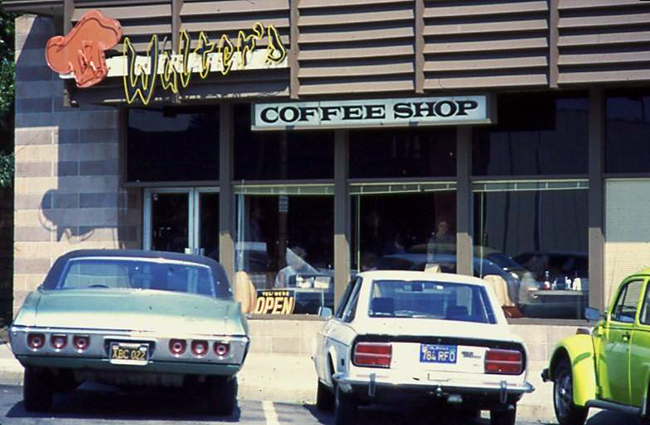
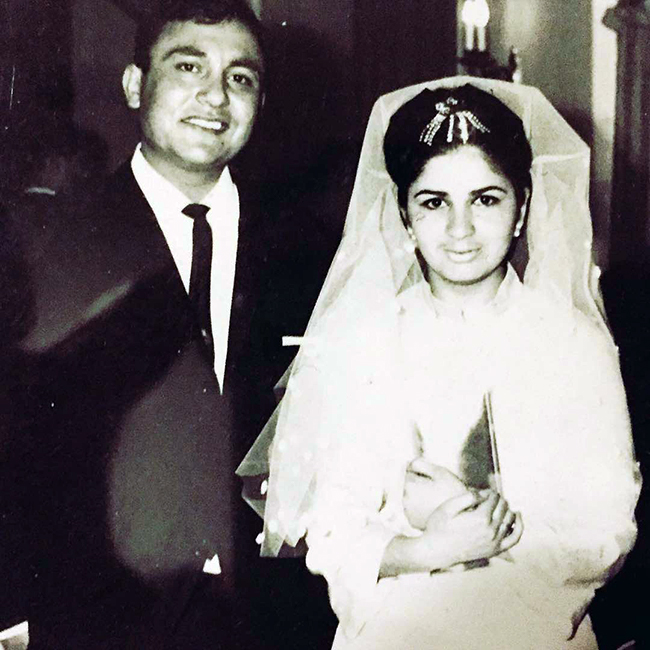




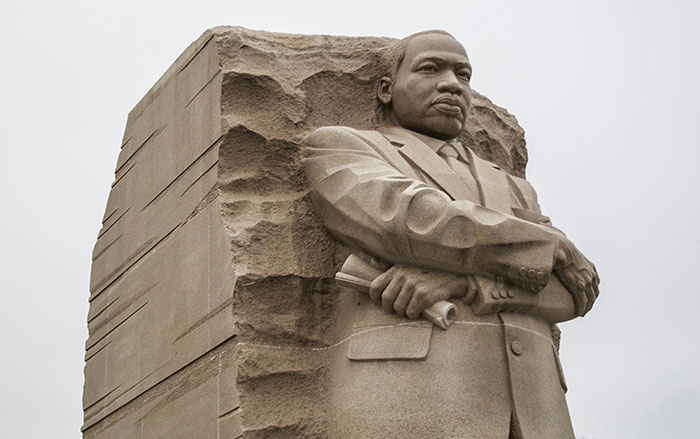
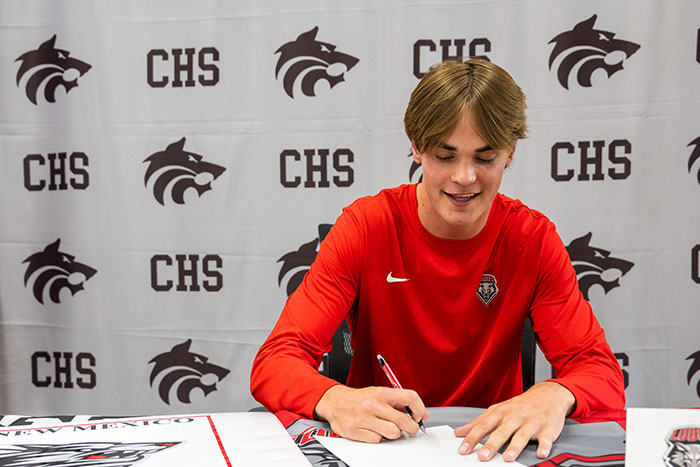

0 Comments